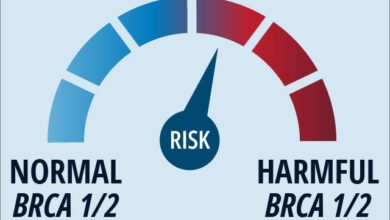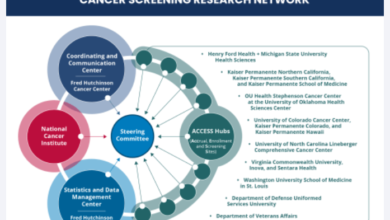Cancer waiting times: Latest updates and analysis

What does this mean for people affected by cancer?
It can be easy to forget that behind these numbers are real people going through an incredibly anxious time.
Almost 6,500 people who started cancer treatment in May 2023 had waited longer than two months since their urgent referral. If the 62-day target was met, around 4,100 additional patients would have begun treatment on time.
Quantifying the impact of missing targets and longer waits on patient outcomes is difficult as the research is limited.
The picture is different for different cancer types – some progress quicker than others – but we know the overall impact is likely to be negative. One study estimated that a 4-week delay to cancer surgery led to a 6-8% increased risk of dying.
People with more aggressive cancers are prioritised for early treatment where possible, but there can be good reasons why someone might experience a long wait for treatment.
For example, it can take longer to plan treatments intending to cure someone’s cancer, and sometimes patients need prehabilitation before starting treatment to give them the best chance of recovering well.
But increases in missed targets mean people who need potentially lifesaving cancer treatments are waiting, and worrying, for longer – and that is a big concern.
Despite delays, people shouldn’t put off coming forward if they are worried about symptoms. It’s always better to be on the waiting list than not at all, and if doctors are concerned, they will push things through as quickly as possible.
Getting back on track
We know that over recent years a major factor contributing to long waits for cancer diagnosis and treatment has been chronic shortages of key NHS staff. This is why we have been campaigning for a Long Term Workforce Plan which address these workforce shortages and helps get cancer services back on track.
The NHS Long Term Workforce Plan published last month was therefore a step in the right direction. It promised £2.4bn in additional funding to train more staff, and will be refreshed every 2 years to help meet future requirements.
However, we have concerns that the plan does not sufficiently address the scale of the challenge on recruitment or retention which is holding back cancer services. For example, the plan offers little in the way of new funding for measures that have been shown keep staff working in NHS. Furthermore, the plan relies heavily on making services working more efficiently, but this not supported with funding to upgrade NHS equipment and infrastructure.
With rising demands for cancer services, the UK Government must not miss this opportunity to turn the tide on cancer waits. To address a major gap in the Long Term Workforce Plan, it should now set out a cancer specific workforce strategy which details the number of professionals needed to diagnose and treat cancer.
The challenges facing cancer services are significant – but they are fixable. We need the UK Government to show political leadership on cancer and deliver the care that cancer patients desperately deserve, today and in the future.
Source link
#Cancer #waiting #times #Latest #updates #analysis



